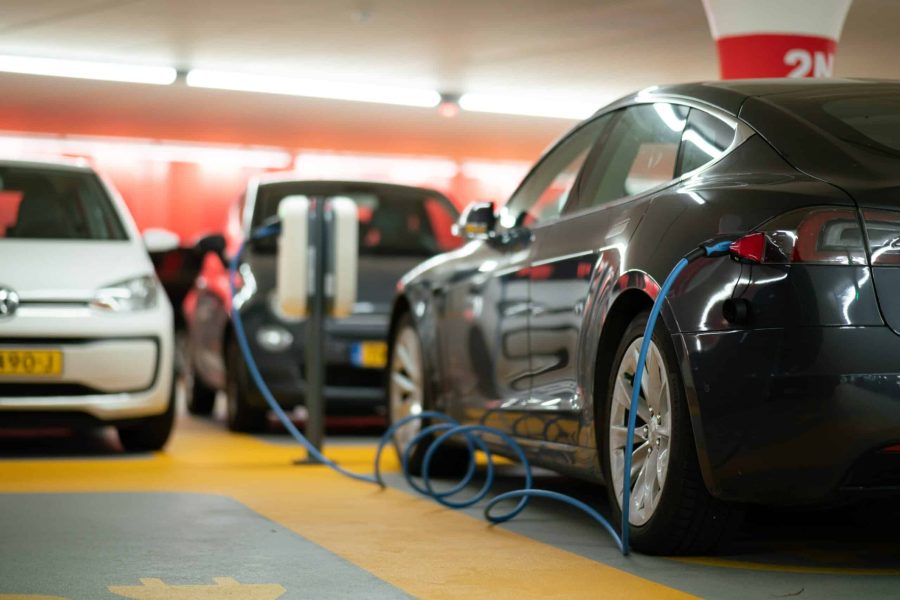In recent weeks, the price of lithium – one of the most critical components in the production of electric vehicle (EV) batteries – has decreased significantly. Indeed, since the new year rolled in, lithium’s price has decreased by almost 20% despite a recent increase in EV sales.
This development has flummoxed industry analysts across the globe as it completely flies in the face of forecasts that the price of lithium would remain high and throw a wrench into the push towards sustainably-powered transportation. On the contrary, it has led EV manufacturers to slash product prices.
Industry giant Tesla, in particular, cut the prices of its most cost-effective EVs, the Model 3 and Model Y back in January. Ford Motor was not far behind, reducing the price of the Mustang Mach-E.
As of February, the average cost of an EV in the United States has dropped by around $1000 compared to January’s figures. Given the rapid drop in lithium prices worldwide, industry professionals expect EV sales to soar this year.
According to Kang Sun, CEO of emergent EV battery maker Amprius Technologies, the average EV price has kept it from becoming mainstream. But now, dropping lithium prices could change the game entirely – but some experts remain wary and recommend keeping an eye on the sector in the coming months.
Why is Lithium Becoming More Affordable?
To understand what’s going on, we need to get into one crucial topic: why the sudden drop in the price of lithium and other crucial materials for battery manufacturing?
One theory posed by experts is that several short-term factors could be to blame, particularly the end of subsidies for EV purchases in Europe and China.
Another theory involves the discovery of new sources of lithium over the past couple of years, along with the opening of new mines and processing facilities which have helped augment the global supply.
Regardless, lithium’s price remains quite high as the cost of mining the metal and processing it is still substantial. Indeed, the cost of producing a single ton of the metal still runs between $5,000 and $8,000. In order to recover costs, producers sell the metal for ten times the cost of production.
The profitability of the lithium mining sector has caused a frenzy among investors, leading to substantial sums being put into exploration, mining, and processing. Governments have also awarded numerous million-dollar grants to those wanting to participate in the action.
But this could still change in the coming months. For one thing, the substantial investments made into the industry could be lost if the price of the metal continues to drop. Also, it is possible that future advancements in EV battery technology could mean a change in the amount of lithium necessary for production – and that, in and of itself, could change the game for the entire industry moving forward.

